Der Chef des US- Central- Command, US- General Kurilla hat Russland-Houthi-Raketen-Befürchtungen, die er in einem Memorandum seinen Vorgesetzten darbrachte.
Y
Kurilla berzeichnet nicht. Tatsächlich ist die Lage hoch- dramatisch, da gerade eine Houthi- Delegation zu Verhandlungen in Moskau ist.






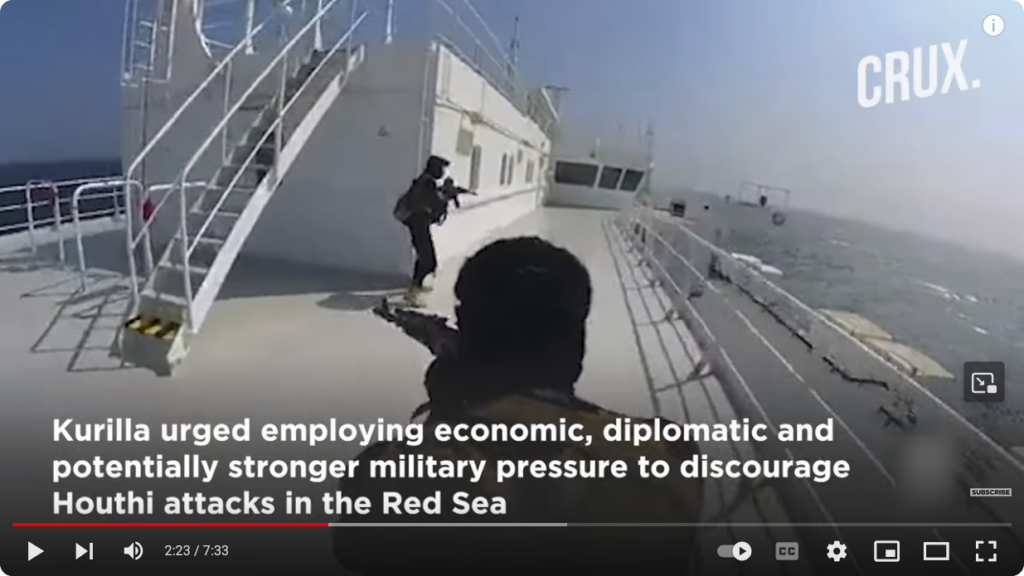
Schwere Niederlage der US- Navy gegen die Houthis:

West- Schwächlinge (=selbst zu schwach um sich Durchzusetzen – deshalb Hilfe- Ersuchen an Drittländer:

+++ +++ +++
+> Umrüstung bei Russlands Flotte und Küsten- Batterien: Von Granit und Oniks nach Zirkon
Russland ist seit Jahren in Umrüstung (seit Jahren – sic!) – alte Raketen wie Granit und Oniks – werden durch neue ersetzt – wie die Zirkon.
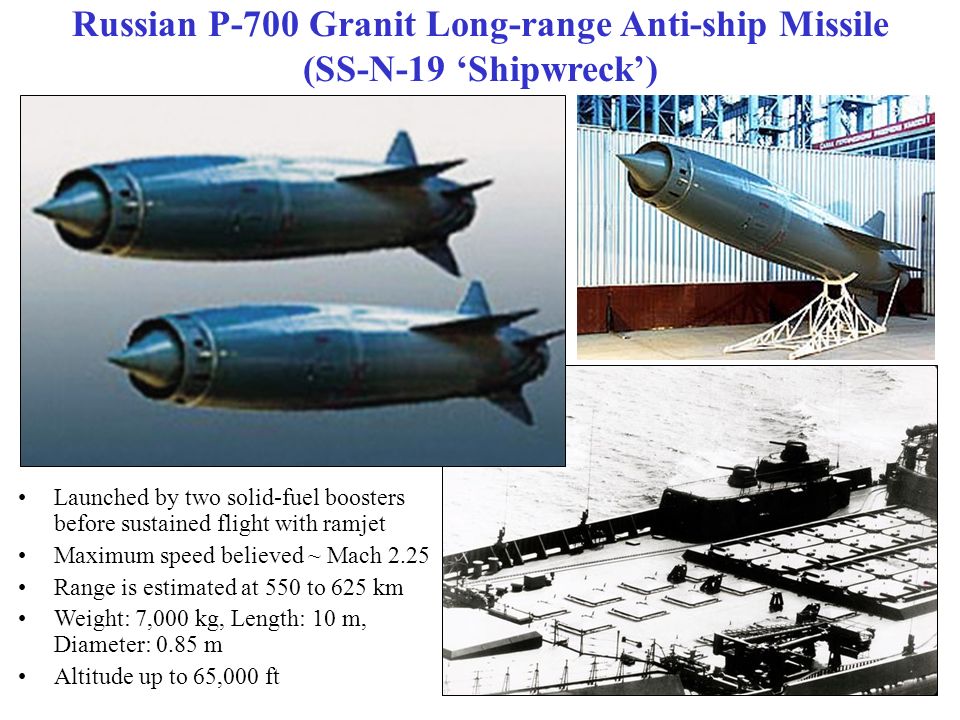
The Granit missile is due to be replaced as the Russian Navy’s carrier killer of choice with the 3M22 Zircon hypersonic cruise missile. The Zircon can reach speeds of up to Mach 8 and hit targets at ranges up to 500-1000 km.
Unlike the high supersonic speed Granit and Oniks, the hypersonic Zircon will be near impossible to intercept by carrier group air defenses.
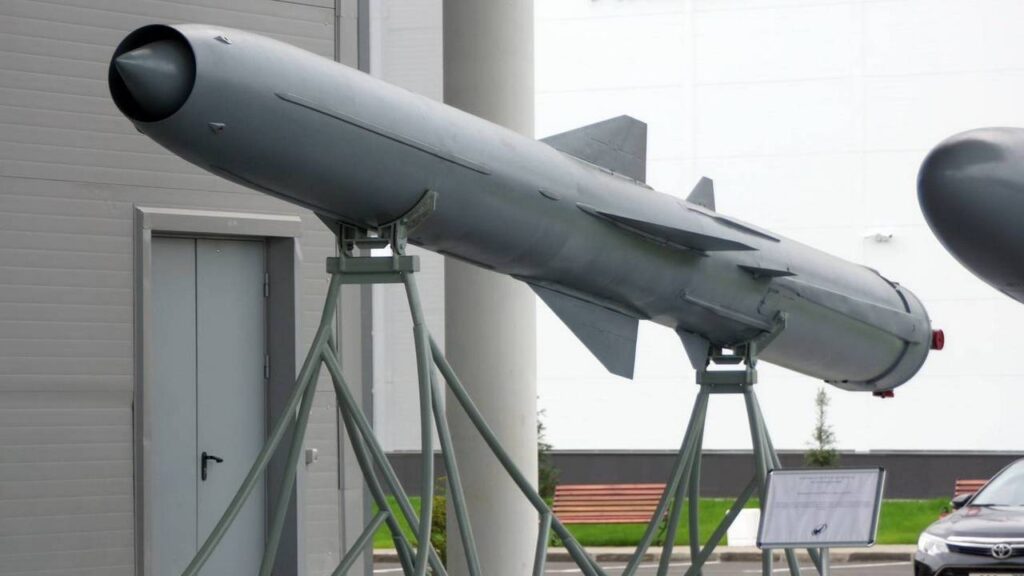
P-800 Oniks
Russian P-800 Oniks missiles have the high supersonic speed and maneuverability to penetrate the defenses of a carrier group, and they are deployed on many warships and submarines.
However, their 300 kg warhead is much smaller than the 750 kg warhead of the Granit. The outcome of an engagement between a Russian Navy ship armed with Oniks missiles and a US Navy carrier group would depend on the specific circumstances, the countermeasures employed by the carrier strike group, and the success of the missile’s penetration through the carrier’s defenses.
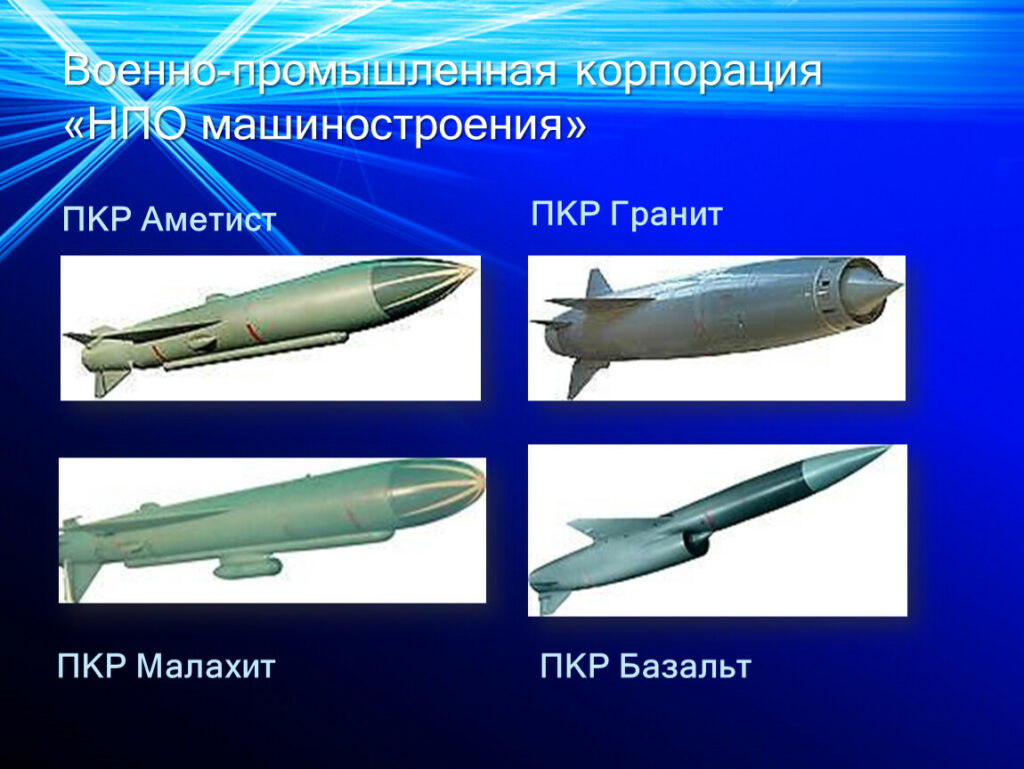
FPI- Anmerkung: Diese Raketen sind sowohl auf Schiffen, wie auch Orts- Fest an Land, als Küsten- Batterien.
Diese bisherigen Küsten- Batterien wurden die letzten Jahre bereits zu „Sekundärer Verteidigung“ abgewertet, weil sie durch neue Bastion-P-Batterien ersetzt wurden.
Even in case of an adverse outcome, the chances that one, or even multiple, Oniks strike(s) could sink an aircraft carrier are minimal.
Y
FPI-Anmerkung: Das Versenken eines US- (atom getriebenen) Flugzeugträgers ist von Russland NICHT erwünscht, denn versenkt man ihn, hat man die 2 Atom- Reaktoren des Flugzeugträgers am Meeresgrund, die eine erhebliche Strahlen- Verseuchungs- Gefahr für die Weltmeere darstellen.
Y
Ziel ist es – und das funktioniert auf jeden Fall mit Granit und Onyks – das Flug- Deck (=Start- und Landebahn) des Flugzeugträgers so schwer zu beschädigen, dass keine Flugzeuge mehr starten und landen können (kaputte Katapulte, Löcher im Deck, kaputte Kommando- Insel, etc.). <<< Dann schwimmt der Flugzeugträger noch, ist aber nutzlos, weil nicht mehr für Flugzeuge – also als Flugzeugträger – verwendbar. So ein beschädigter Flugzeugträger muss zurück in die USA, für eine Groß- Reparatur= und fällt damit für mehrere Monate aus – sic!.
Ausrüstung für Houthis: Die Houthis würden wohl die ausgemusterten Küstenbatterien bekommen – Granit und Oniks.
Diese Waffen- Systeme sind aus Sowjet- Zeit, und aus dieser Zeit sind noch gewaltige Vorräte an Raketen verfügbar. Wenn man aus diesem Alt- Bestand – mit leichter Modifizierung (elekktronik) – einige Lagerbestände nach Yemen zu den Houthis sendet, ist das für Russland kein Problem.
Die Lagerbestände werden mit neuen Zirkon- Raketen ständig gefüllt, die Zirkon- Produktions- Ziffern sind hoch, der aktuelle Verbrauch sehr gering.
Damit werden alten Granit und Onyks- Sowjet- Bestände zu (de facto veralteten) Über- Beständen. Ob von denen nun 500 Raketen mehr oder weniger auf Lager liegen – ist für Russland egal. <<< Optimal für die Houthis.
Der Westen hat für die Ukraine verfügt, sie dürfe ihre West- Waffen nur gegen Militär- Ziele einsetzen (also Russlands Armee), nicht aber gegen Zivil- Ziele.
Was – wenn Russland Gleiches macht?
Wenn Russland für die Ukraine verfügt, die Houthis dürften ihre RUS-Waffen nur gegen Militär- Ziele einsetzen (also die Kriegs- Schiffe der West- Marinen, also US- Navy- Kriegs- Schiffe, UK, Deutsche, Italien, etc. einsetzen), nicht aber gegen Zivil- Schiffe.
Y
Die Houthis würden sich strikt daran halten, denn eigentlich sind US- Flugzeugträger das Liebslingsziel von Houthi- Angriffen.
Strack-Zimmermann und Kiesewetter forderten Taurus- Lieferungen an die Ukraine – OHNE jede Einsatzbeschränkung.
Russland kann den Houthis sagen, gegen deutsche Schiffe gibt es keine Einsatzbeschränkungen.
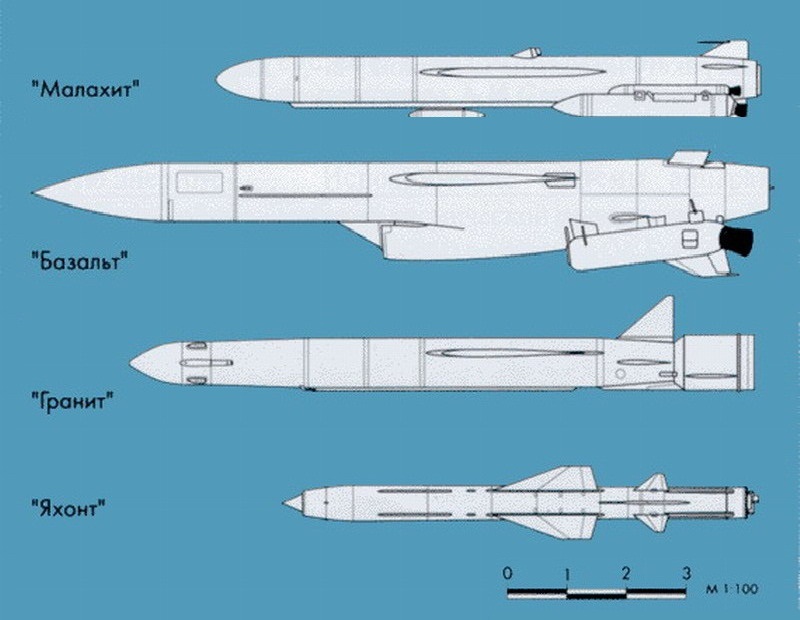
The SS-N-19 Shipwreck is a supersonic medium-range, anti-ship cruise missile that evolved from the SS-N-3 Shaddock/SS-N-12 Sandbox missile series. It was deployed in both surface ships and submarines. Submarine missiles are launched while submerged.
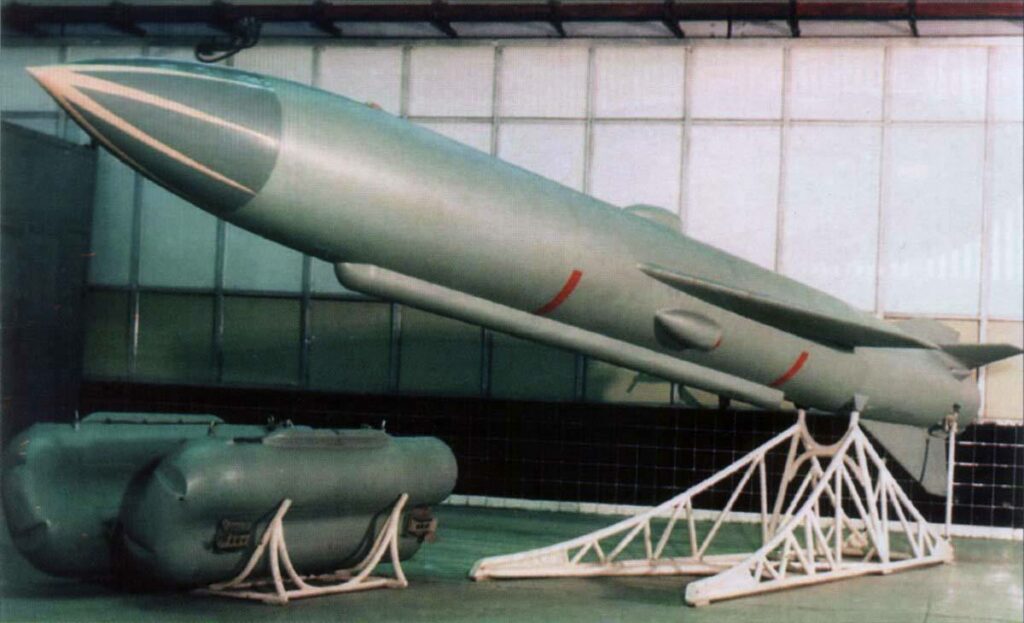
P-70 Ametist
The P-700 was designed in the 1970s to replace the P-70 Ametist and P-120 Malakhit, both effective missiles but with too short a range in the face of improving weapons of U.S. Navy carrier battle groups. The missile was partially derived from the P-500 Bazalt. Built by Chelomei/NPO Mashinostroenia, the bulging 10 m missile has swept-back wings and tail, weighs around 7,000 kilograms, and can be fitted with either a 750 kg HE warhead, an FAE warhead, or a 500 kt thermonuclear warhead. A stubby cylindrical solid-fuel rocket is fitted to the rear for launch; this booster stage is released when the missile enters sustained flight. For many years it was believed that this missile used a turbojet engine during the sustained flight; after the Russian and the Western media gained access to its performance characteristics, it was understood that its propulsion system was a ramjet.
The P-700 has a distinctive annular air intake in the nose. Maximum speed is believed to be between Mach 1.6 and Mach 2.5. The range has been estimated at 400 km, 500 km, and 550–625 km. The guidance system is mixed-mode, with inertial guidance, terminal active radar homing guidance, and also anti-radar homing. Mid-course correction is probable. The missile, when fired in a swarm (group of 4–8) has a unique guidance mode. One of the weapons climbs to a higher altitude and designates targets while the others attack. The missile responsible for target designation climbs in short pop-ups, so as to be harder to intercept. The missiles are linked by data connections, forming a network. If the designating missile is destroyed the next missile will rise to assume its purpose.
Missiles are able to differentiate targets, detect groups and prioritize targets automatically using information gathered during flight and types of ships and battle formations pre-programmed in an onboard computer. They will attack targets in order of priority, highest to lowest: after destroying the first target, any remaining missiles will attack the next prioritized target. Such description received some doubts.
The missile has a means of countering the attacking anti-missiles. Also, the onboard computer carries data designed to counter an enemy’s electronic warfare and to evade countermeasures. The P-700 was derived from the P-500 Bazalt missile with a turbojet. The P-700 was in turn developed into the P-800 Oniks, which uses ramjet propulsion, and the BrahMos missile, a joint Indian/Russian modernization of the P-800.

P-1000 Vulcan
Based on the P-500 Bazalt, the P-1000 Vulkan has been a part of Russia’s effort to modernize its navy’s missile capabilities.
The P-1000 Vulkan features titanium armor and parts, instead of the heavier steel components comprising its predecessor. The missile was designed to be faster thanks to reduced weight of its components, as well as a more powerful booster and fuel-efficient turbojet. Active since 1987, it was the last Russian cruise missile to require submarines to surface to launch.
The P-1000 Vulkan is launched in a salvo, where one missile acts as a scout to discriminate targets, and can prioritize the largest ship in a fleet. The scout seeker missile flies at an altitude between 5000-7000m to identify targets, while the other three maintain mid-level altitude. All four missiles in the salvo then go silent and lower to about 10-40 meters above sea-level to avoid radar detection. Once they reach the radar horizon, the missiles lock on to their targets and attack. The P-1000 Vulkan missile system is a comprehensive anti-ship weapon with advanced targeting technology capable of flying at mach 2. It is designed to engage highly defended enemy surface units and hit its target, avoiding radio-electronic countermeasures or counter fire. Its targets are discriminated by one of the missiles in the salvo, meaning that a counter-attack on the launch point will not stop the missiles from reaching their target. The extended range of these missiles allows for Russian cruisers to strike from safe distances, outside a defensible perimeter.
The P-1000 was designed to counter American navy ships, and Russia claims the missiles can sink an aircraft carrier with one strike. The American analogue to the P-1000 is the UGM-84 Harpoon missile, which is much lighter and does not pack the same firepower.
The Russians have succeeded in developing a supersonic cruise missile that the U.S. has struggled to match.

